Town of firsts contemplates modernity
SINGAPORE — Call it the king of firsts — Queenstown, which comprises seven districts, holds the bragging rights of being home to many of Singapore’s firsts. The country’s first satellite estate is also home to the first public housing flats, polyclinic, sports complex and branch library.
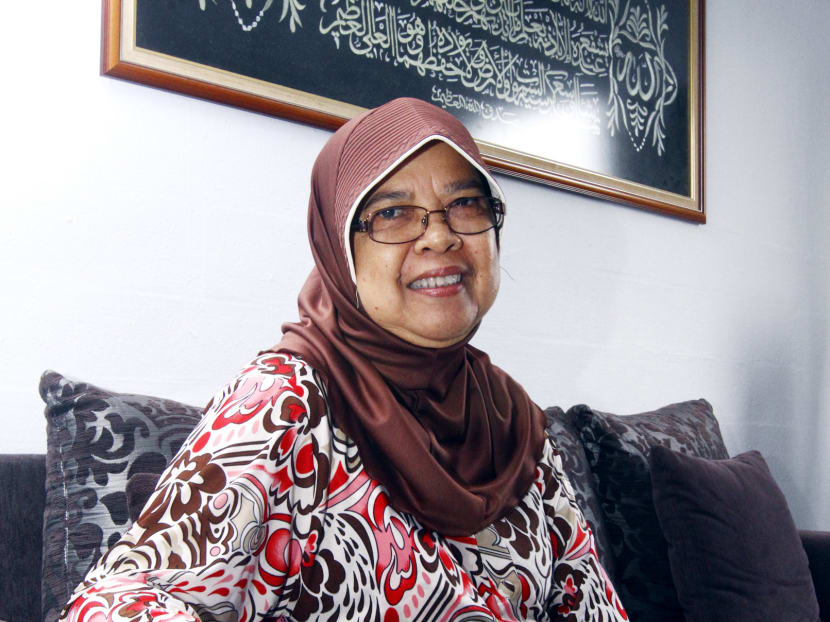
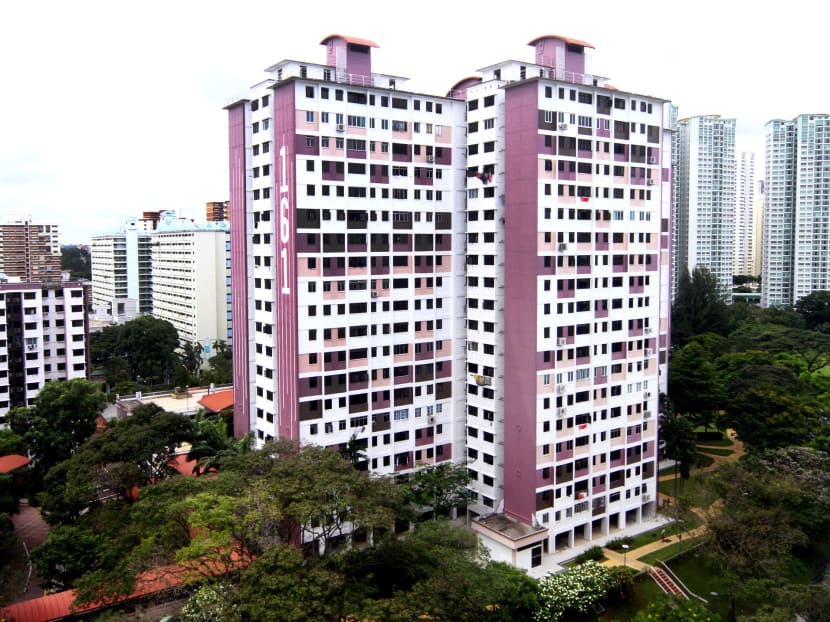

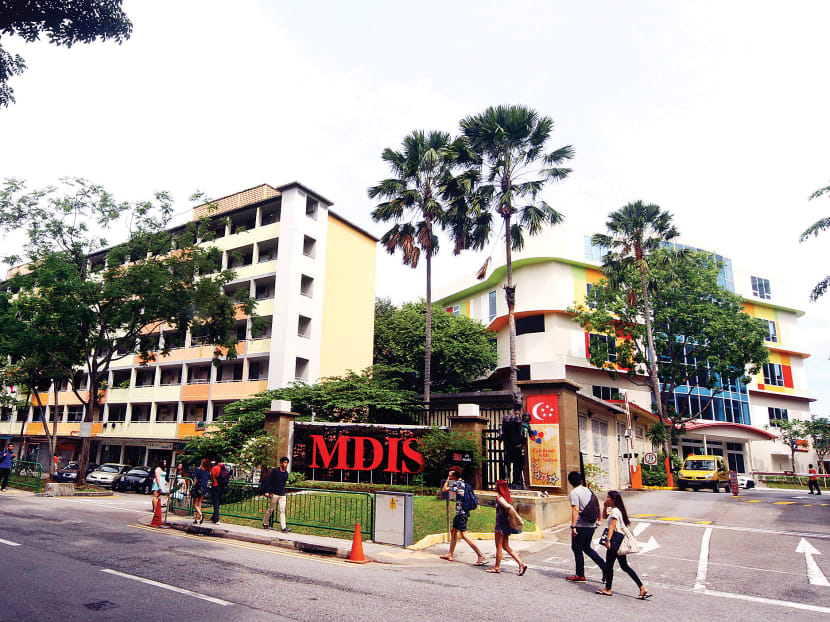
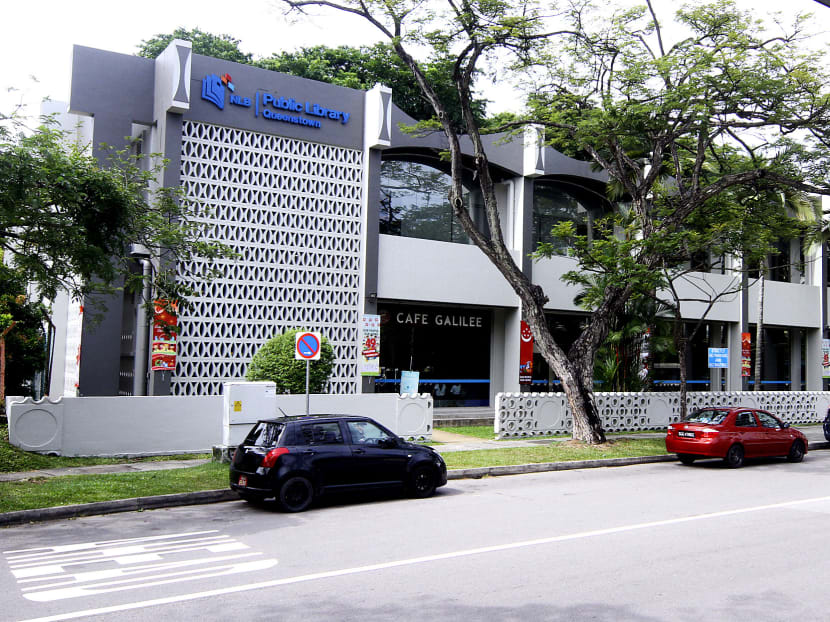
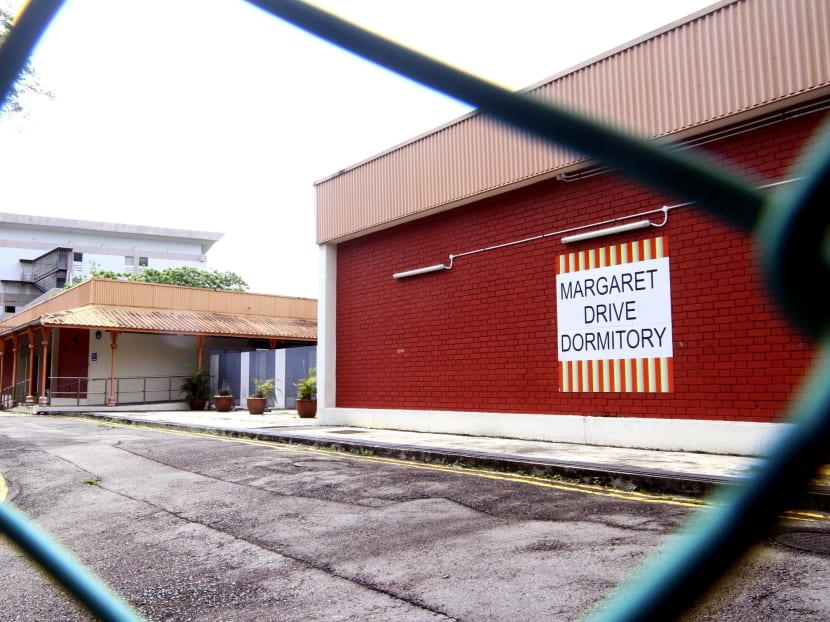
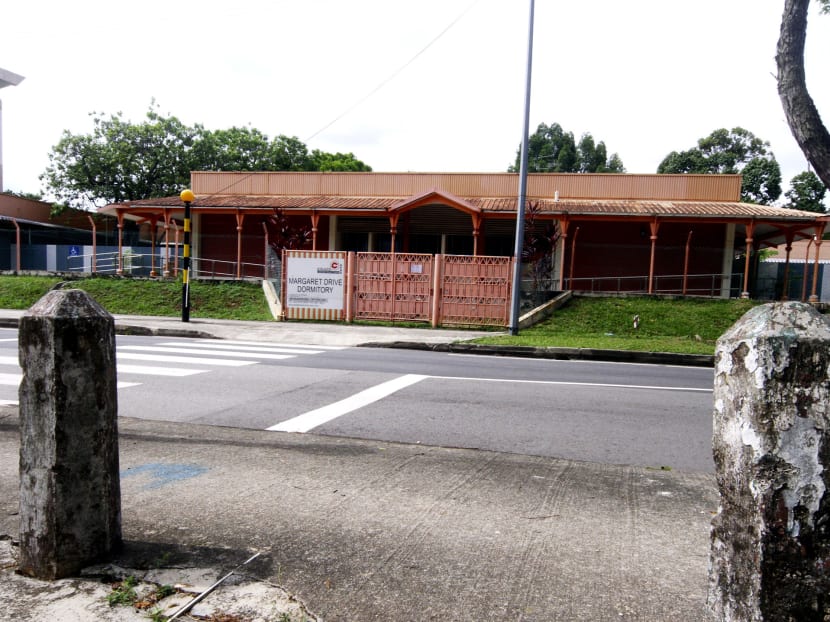
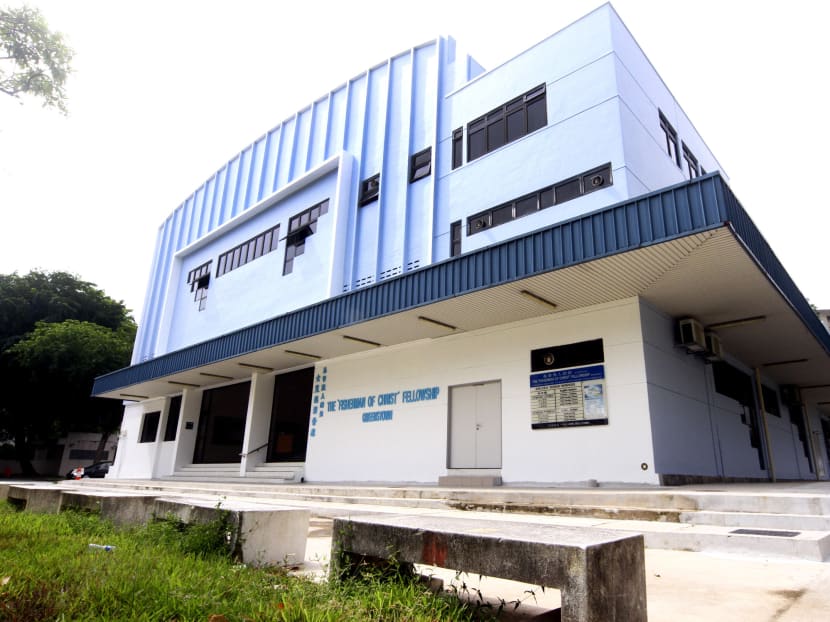
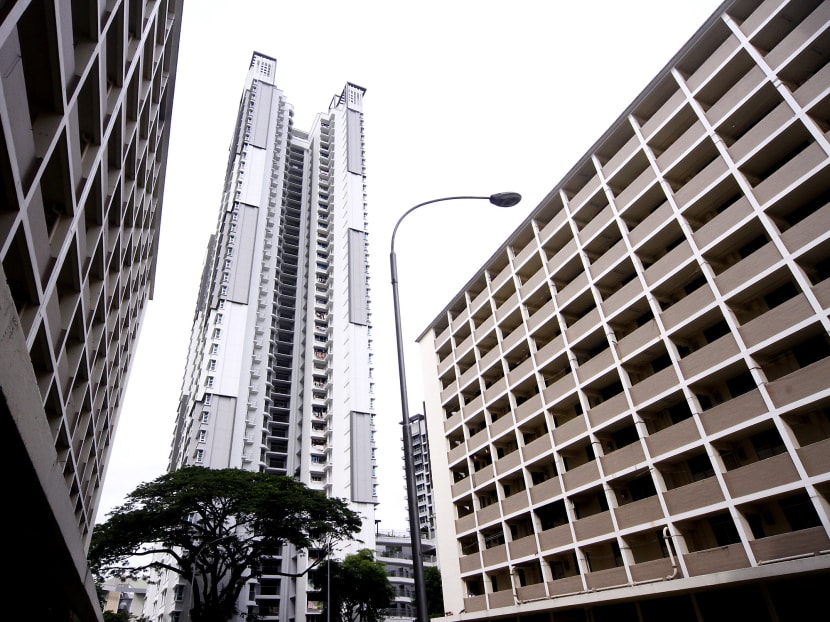
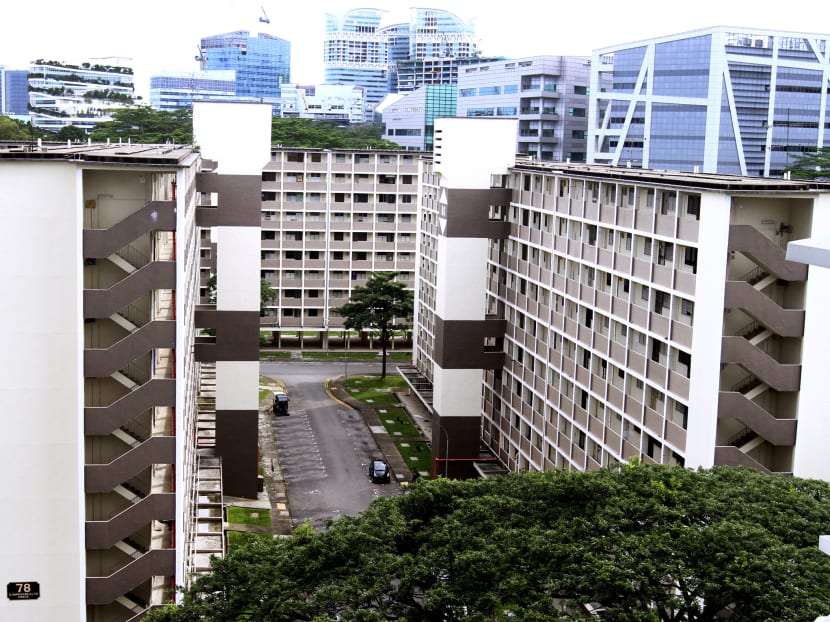
SINGAPORE — Call it the king of firsts — Queenstown, which comprises seven districts, holds the bragging rights of being home to many of Singapore’s firsts. The country’s first satellite estate is also home to the first public housing flats, polyclinic, sports complex and branch library.
The laundry list of firsts does not stop there. Queenstown, which turned 60 last year, is also home to Singapore’s first point blocks — flats with four units on each floor and no corridor — and its first fire station, prison and driving centre outside of town.
In fact, it is also in Queenstown where the xinyao scene — pioneered by local musician and Queenstown homeboy Liang Wern Fook in the 1980s — took off.
However, the town has lost its lustre over time. Once a pioneering estate visited by foreign dignitaries such as Britain’s Prince Philip, much of what made Queenstown dazzle has faded like an old photograph.
The old Queenstown Town Centre along Margaret Drive and Commonwealth Avenue has been reduced to a flat grass patch. By 2020, new flats will take its place. Only Queenstown Community Library, with its retro exterior, remains.
The former Queenstown Polyclinic, which is beside the library, is now a workers’ dormitory, while the former Golden City and Venus cinemas are shells of their former selves, slated for the wrecking ball.
Meanwhile, next to Singapore’s first Housing and Development Board flats — Blocks 45, 48 and 49 at Stirling Road — is the modern white edifice that is the Management Development Institute of Singapore’s Stirling Road campus. Elderly residents while the afternoon away at void decks, steps away from students decked out in the latest trends.
Throughout Queenstown, a stark contrast between its heritage and modernity is evident — gleaming new flats stare down vacated 10-storey blocks; sparkling new cars park in the open-air car parks of old flats.
Member of Parliament for Tanjong Pagar, Dr Chia Shi-Lu, who oversees the Queenstown estate, told TODAY he was aware of the dilemma between preserving a piece of history and making space for the new. “We try to moderate the pace of redevelopment here,” he said, adding that older residents are generally very passionate about how Queenstown was, while younger residents want to learn more about its heritage.
“In a sense, you could say that makes the place here quite vibrant,” said Dr Chia, who added that while efforts made to conserve the area’s heritage — such as My Queenstown Heritage Trail — have gained traction, there are also calls for upgrading in the estate, giving it the mod cons of newer towns.
This is a sentiment that is echoed by some younger residents, such as student Tay Xin Yi, 24, who told TODAY: “Change is rampant around here, but that’s how it is. The only way forward is for things to get better.”
However, while change is under way in Singapore’s town of firsts, long-time residents — many of whom have lived more than 40 years in the estate — said there is something about Queenstown that has kept them staying on, despite perceptions that it is an ageing estate and the allure of newer estates elsewhere.
For Mrs Rahman, 64, the appeal of Queenstown is in its convenience. “There are buses here to take me to wherever I want to go,” said the mother of two. “The place is also so safe. Even when I or my daughters come back late at night, we don’t feel like it is very dangerous,” she said.
Another first-generation resident of Queenstown, Madam Yap, 70, told TODAY: “My grandchildren tell me that this is ‘Queen’s Town’, and it’s true. Where can you get such a central location and such space now?”
They recall the excitement of moving into Singapore’s first satellite town. Said Mrs Rahman: “For someone who came from the kampungs in Geylang, I thought that the new flats in Queenstown were much nicer — we had electricity and water.”
She moved to Block 161 at Mei Ling Street, Singapore’s first point block, at the age of 20, when her late father got a flat there. “Before moving, we didn’t know anything about Queenstown. And when we came here, we were still used to kampung life, where there would be a huge garden in front of the house and a community centre nearby with the television for all to watch.”
Meanwhile, Mdm Yap recalled lodging appeals after getting her flat on the 19th floor of Block 161. It was not that she did not like it in Queenstown, but her phobia of taking lifts got in the way. “I spent a week appealing for other residents to swap flats with me, but no one really wanted to stay on high floors at that time,” she said with a laugh.
But life in Queenstown in the early days was exciting for these residents. Mrs Rahman recalled taking her daughters to Queenstown Swimming Complex and having food at the old open-air night market near the fire station. She paused, then said: “Those were the days.”
And moving forward, if redevelopment comes knocking at her door, Mrs Rahman said it would be a sad, but inevitable day. “I don’t know when that day will come, but if it does, then I’ve got no choice, right?” she said with a pensive sigh.
Read more stories in our National Day Special:
- Longing for the good old days
- Preserving memories of a changing nation
- Nostalgia: A force for good, but a double-edged sword?
- Tiong Bahru: A hip and miss affair
- Shops, museums in Katong seek to preserve Peranakan culture
- Town of firsts contemplates modernity
- Balestier’s vintage shops hold on to fading trade
- Heritage buildings given new lease of life
- Newer structures shaping Singapore’s identity too
- Old brands, new strategies
- Businesses stay loyal to their roots
- Singapore’s sporting greats
- Sports: Young guns make their mark
- Sports: It’s all in the delivery
- The A to Z of S’pore’s arts and entertainment scene
- The future of S’pore’s arts and entertainment scene
- #TODAYremembers: An interactive map featuring our readers' favourite memories about Singapore






